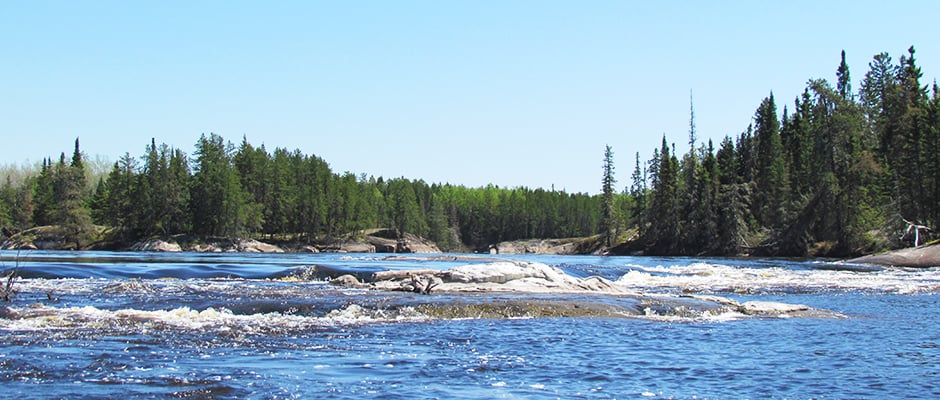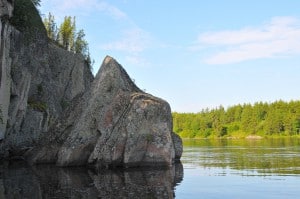Share this article
Protecting Canada’s Boreal Forests
Canada’s boreal forests account for more than half of the country’s land. They’re rich in habitat for wildlife such as caribou, bears and wolves, and serve as the most dense terrestrial carbon storehouse on Earth, storing up to twice as much carbon per acre as tropical forests. The boreal forests are also a source of revenue for Canada’s goods and services, providing raw material such as oil, gas and hydropower.
The International Boreal Conservation Campaign (IBCC), a sponsor of The Wildlife Society’s Annual Conference in Manitoba, began an effort to protect the country’s boreal forests in 2000 as well as promote the use of higher sustainable management standards in areas allocated for development.
The campaign — initiated by The Pew Charitable Trusts, an organization that uses a scientific and analytical approach to improve public policy — is one of a few campaigns Pew is working on to conserve land not just in Canada but across the world including one in Chilean Patagonia as well as one in Australia. “We began to focus on North America’s boreal forest because it’s close to the United States and we’re intertwined as a nation with Canada as a trade culture,” said Steven Kallick, the director of International Lands Conservation with The Pew Charitable Trusts, who oversees the campaign. “We also have ecological shared resources including water, wildlife, and the air that we breathe.”
The campaign continues to grow, and IBCC is looking to expand its conservation efforts to Alaska, Kallick said. IBCC is comprised of a coalition of organizations that include conservationists, Indigenous peoples, scientists, businesses and civic leaders and is advised by the International Boreal Conservation Science Panel, which includes top scientists from the U.S. and Canada. “This is a broad coalition, and it’s fairly informal,” Kallick said. “There are no buildings, no meetings every week and there’s no bureaucracy. We just work on getting work done on the ground.”
Collaborating with First Nations
One important aspect of the campaign is working with Indigenous governments and communities in the North and supporting their conservation efforts. “There has to be a balance between conservation and development appropriate to the size and makeup of communities,” Kallick said. “First Nations people are pro-conservation. They are stronger advocates than environmental groups. This is a great convergence, and we are honored to engage with First Nations across the North.” The campaign is working with 30 to 40 First Nations throughout the boreal to find a balance between land development and conservation.
The IBCC is currently working on a few high profile projects as well. One that has been in the news lately is a co-managed network of protected areas in the Northwest Territories called Thaidene Nene, which will be comprised of a national park in the heart of the region surrounded by territorial protected areas and lands set aside for traditional land-use practices that will be managed by the First Nations community of Lutsel K’e. The campaign is also working with the Quebec government to implement a sweeping plan to protect at least half of the province’s northern boreal region — an area nearly 300 million acres in size — from industrial activity. “This is the largest conservation project of its kind in the world,” Kallick said. “We’re hopeful and optimistic about its ultimate success.”
The IBCC is also working with the forest industry in Manitoba, Quebec and Ontario to renegotiate where and how the forest is harvested, especially with regard to impacts on sensitive caribou populations, and to take into account community and resource needs that have, in many cases, been left out of the process in the past.
As a sponsor of The Wildlife Society’s annual conference, Kallick hopes the partnership helps improve the conservation of important lands for wildlife including the boreal forest in Canada. “We’ve been supportive of [TWS] because of its science base, and we have similar goals,” Kallick said. “Any ways we can be supportive of conservation with science advocacy being at the forefront for decision making, we want to take advantage of those chances.”
Header Image: Bloodvein River in Manitoba’s boreal forest. Image Credit: Jeff Wells









